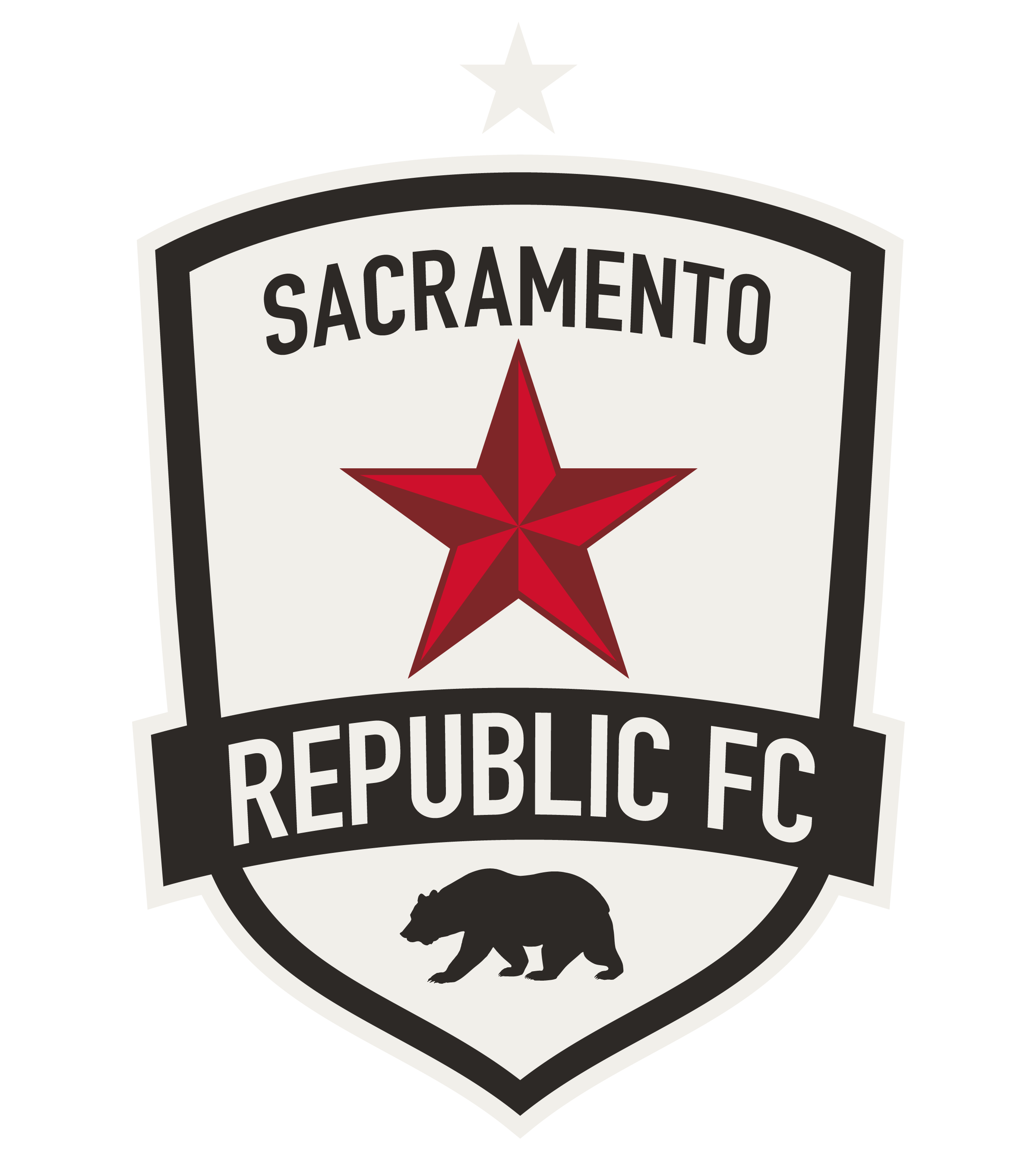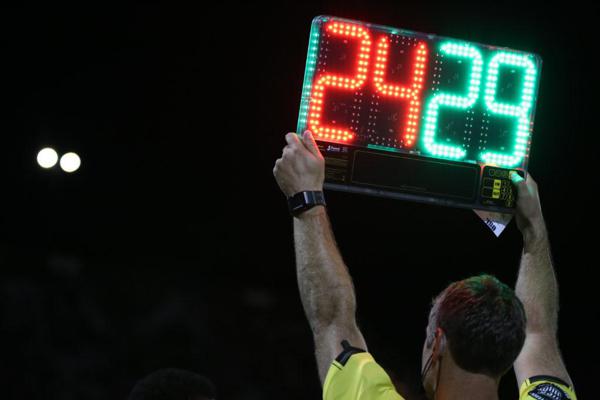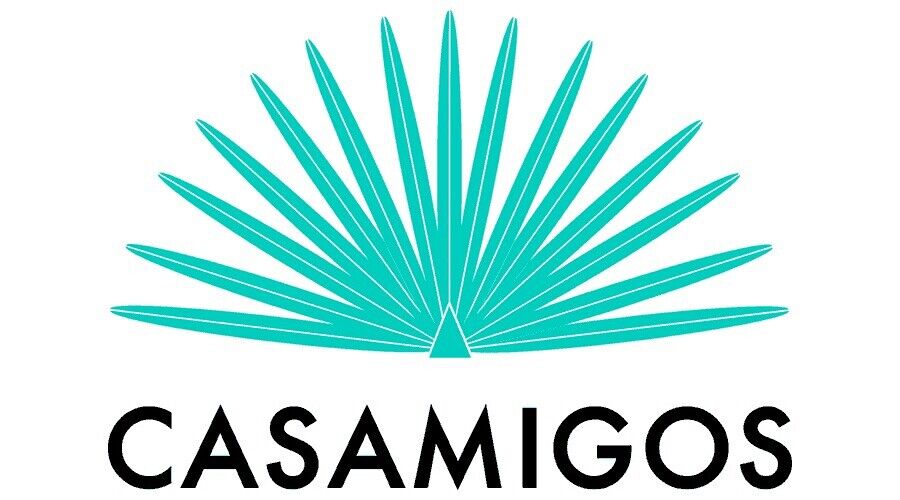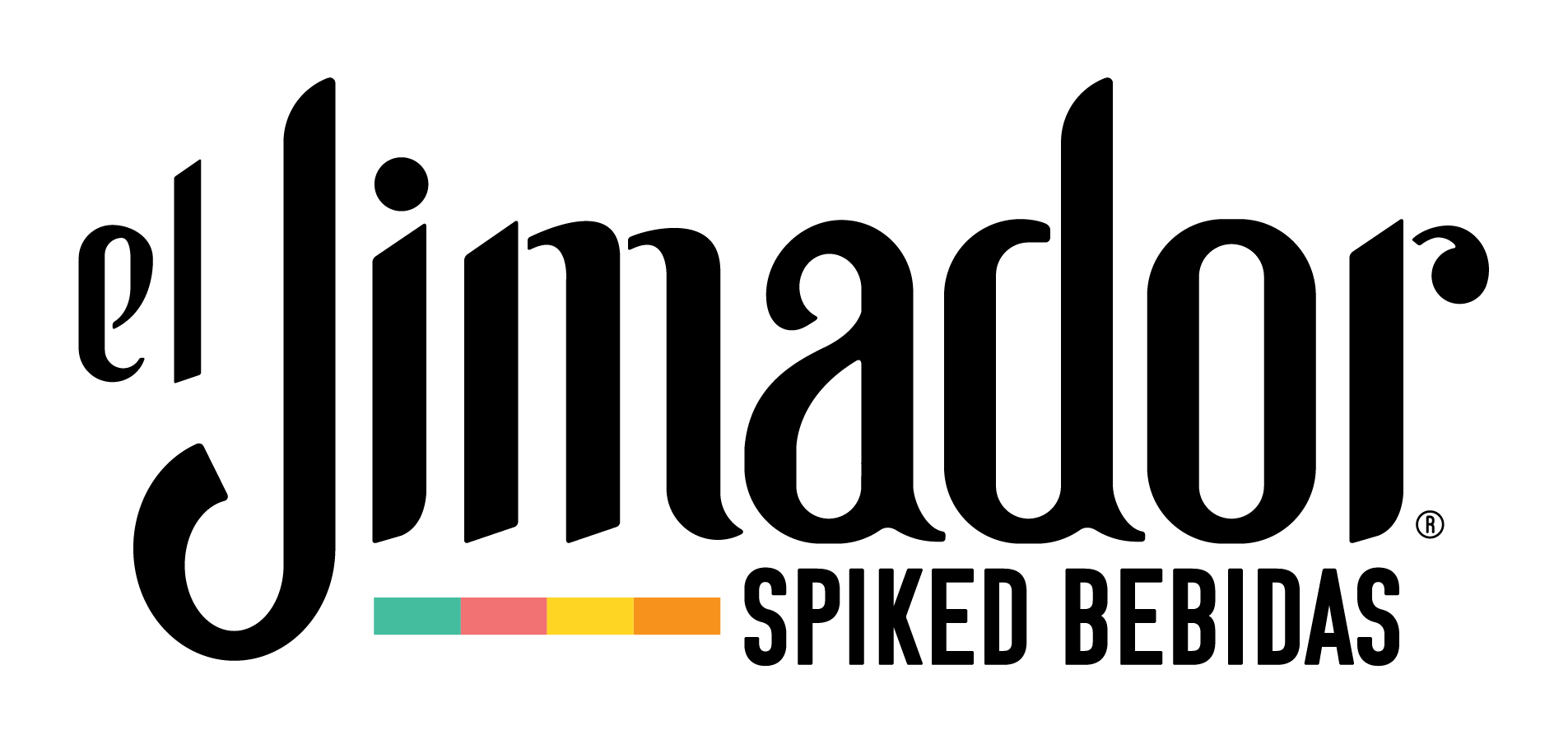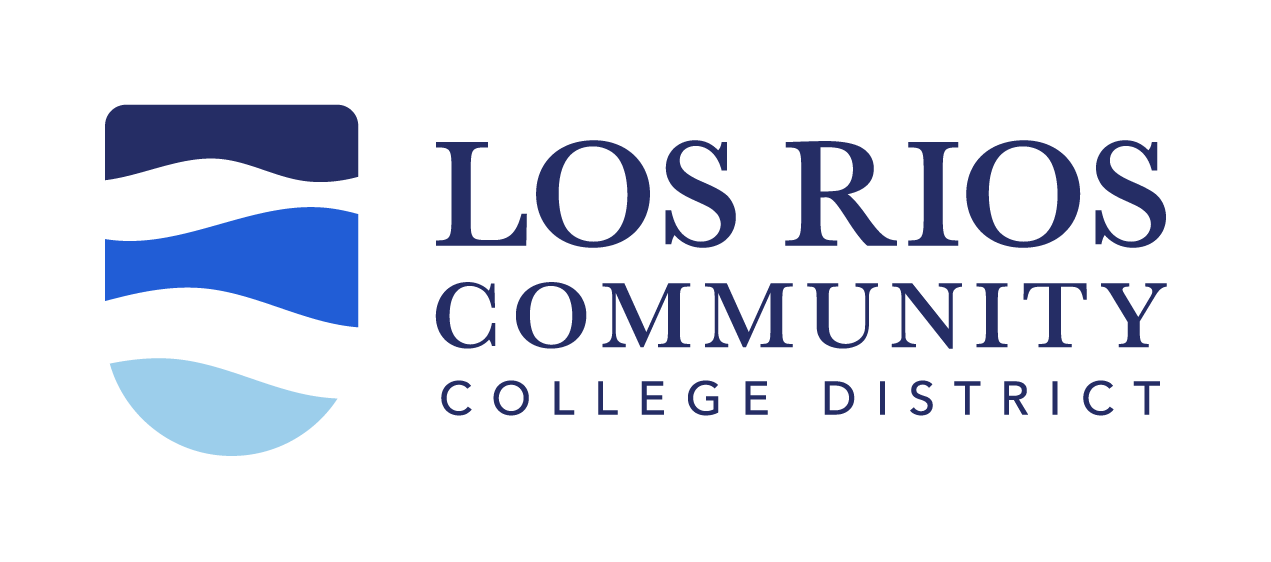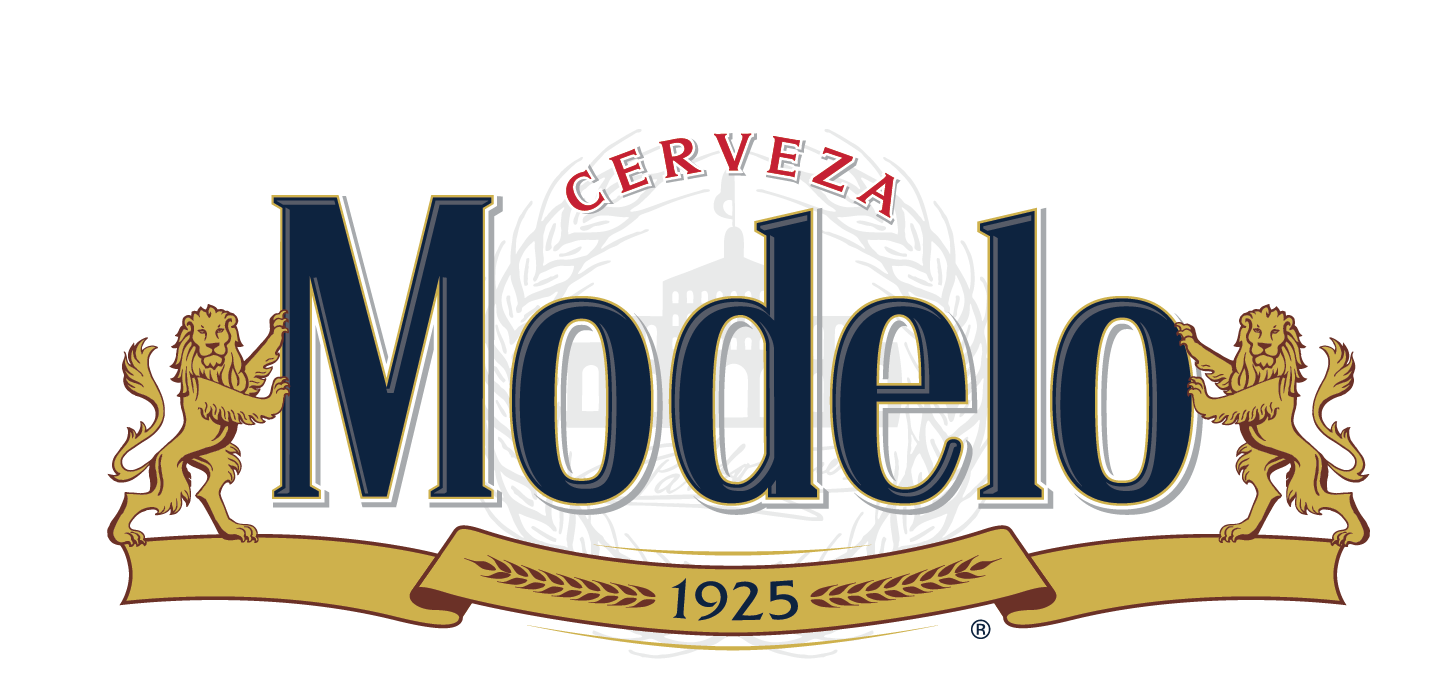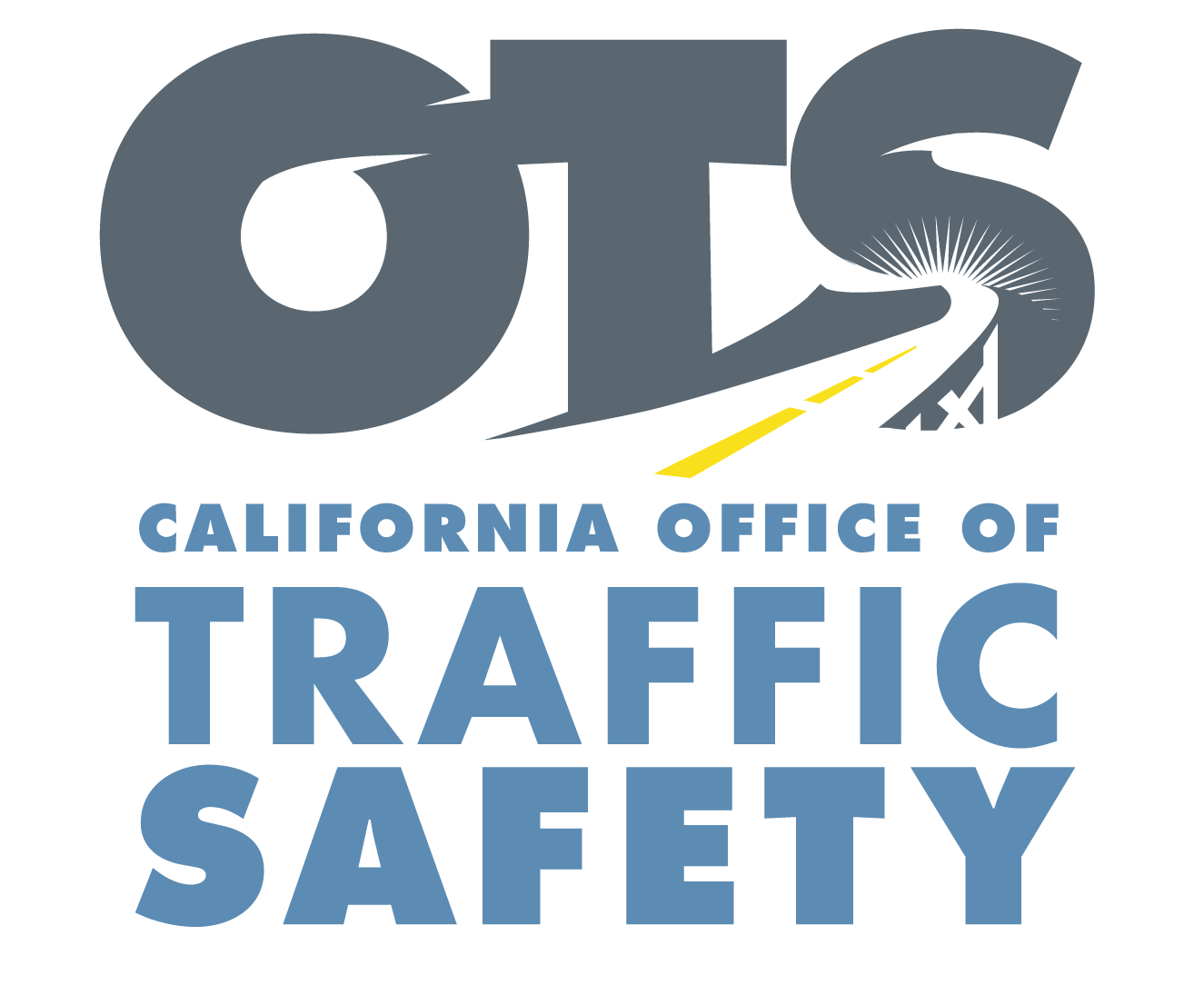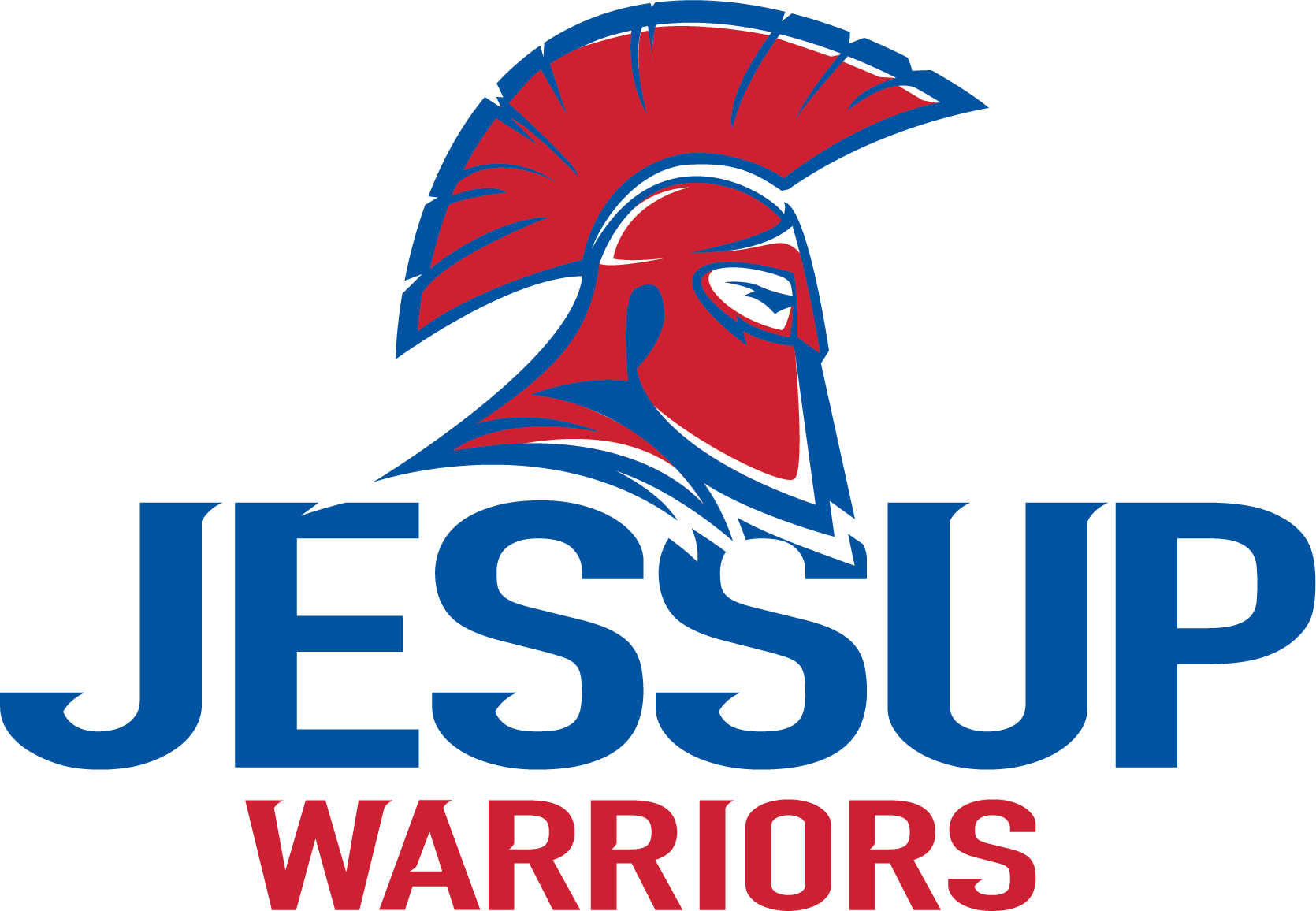Arguably the most important part of any game or sport is the parameters by which the game will be played. Soccer is no different. Despite the beautiful game being played throughout the world, there are many different interpretations when it comes to timing the match and how the clock will be displayed for spectators and players.
Fédération Internationale de Football Association, most commonly known as FIFA, is the international governing body of soccer and defines just 17 Laws of the Game that act as the official rulebook for all FIFA sanctioned matches throughout the world. Law 07, for example, outlines The Duration of the Match stating, “A match lasts for two equal halves of 45 minutes which may only be reduced if agreed between the referee and the two teams before the start of the match and is in accordance with competition rules.” This is the definition used the United Soccer League (USL) of which Sacramento Republic FC is a member club.
Law 07 also outlines the allowance for time lost, more commonly known as stoppage time: “Allowance is made by the referee in each half for all time lost in that half through: Substitutions, assessment and/or removal of injured players, wasting time, disciplinary sanctions, stoppages for drinks or other medical reasons permitted by competition rules and any other cause, including any significant delay to a restart (e.g. goal celebrations.)
The stoppage time is at the discretion of the referee and kept on the referee’s watch. This is seen at all Republic FC matches where the referee is the official timekeeper and decider of the amount of stoppage time per half. This also determines when the match ends based on the flow of play and the stoppage time that has elapsed. The fourth official plays a key role by indicating the minimal additional time set by the referee in the final minute of each half.
Despite the Laws of the Game outlining a clear definition for the timing of a match, sometimes the laws need to be bended. For example, a 45-minute half for a youth match could be too long for the children to play. To accomodate this, some youth leagues have developed rules that cater to the age and skill level of the players participating in the league.
The U.S. Soccer Development Academy (USSDA) that Republic FC’s Academy plays in, has developed a system for timing their matches based on the age level of the teams. U-13/14 and U15/16 Academy teams play two 40-minute halves with the referee in charge of keeping the official time, as well as determining or adding stoppage time to the end of each half. U-17/18 Academy teams play two 45-minute halves with the same rules regarding timekeeping and stoppage times. The age-based timing system works to ensure the safety of the athletes by tailoring the match to their ability and to sustain a quality performance across the time of the match.
The National Federation of State High School Associations (NFHS), the governing body of high school sports, takes a similar approach to timekeeping as the USSDA. The NFHS defines the length of the match as two 40-minute halves with no stoppage time to be played. The NFHS does not allow for stoppage time as the clock stops after a goal, at the time of a penalty being awarded as well as when yellow and red cards are assessed and at the discretion of the referee for instances such as injury or time wasting.
The NFHS also stipulates that the official time be kept by a timekeeper provided by the home team. If the home team does not have a timekeeper, the referee keeps the official time on his or her watch. The official time also counts down from 40 minutes to 00:00. This differs from FIFA defines a time style where the clock counts up, begining at 00:00 and stopping at 45 minutes in the first half and then begins again at 45:00 in the second half, climbing to 90 minutes.
The National Collegiate Athletic Association (NCAA) manages their time in a similar fashion to the NFHS, although they extended the time of the match to two 45-minute periods. The scoreboard counts the time down from 45 minutes and the half ends when the clock hits 00:00 and a horn sounds, much like the ending of a basketball game.
The NCAA also does not offer stoppage time as they also stop the clock during the halves. The NCAA calls for two overtime periods of 10 minutes each, in case of a tie after two 45-minute halves. The NCAA overtime is sudden-death, meaning that the first team to score wins the match.
Republic FC, like most professional soccer clubs, displays the time of the match on the scoreboard at Bonney Field. Unlike the NCAA and NFHS, the time on the scoreboard at Republic FC matches is solely a reference for the spectators at the match and is not the official time, which is kept on the watch of the referee.
Fans at Republic FC matches may wonder why the club only shows normal playing time on the scoreboard, but does not show the stoppage time. This is due to a FIFA regulation that states, “Clocks in the stadium showing the length of time played may run during the match, provided that they are stopped at the end of normal playing time in each half, i.e. after 45 and 90 minutes respectively.” The regulation was put in place to protect match officials as they determine the stoppage time at their sole discretion.
Arguably the most important part of any game or sport is the parameters by which the game will be played. Soccer is no different. Despite the beautiful game being played throughout the world, there are many different interpretations when it comes to timing the match and how the clock will be displayed for spectators and players.
Fédération Internationale de Football Association, most commonly known as FIFA, is the international governing body of soccer and defines just 17 Laws of the Game that act as the official rulebook for all FIFA sanctioned matches throughout the world. Law 07, for example, outlines The Duration of the Match stating, “A match lasts for two equal halves of 45 minutes which may only be reduced if agreed between the referee and the two teams before the start of the match and is in accordance with competition rules.” This is the definition used the United Soccer League (USL) of which Sacramento Republic FC is a member club.
Law 07 also outlines the allowance for time lost, more commonly known as stoppage time: “Allowance is made by the referee in each half for all time lost in that half through: Substitutions, assessment and/or removal of injured players, wasting time, disciplinary sanctions, stoppages for drinks or other medical reasons permitted by competition rules and any other cause, including any significant delay to a restart (e.g. goal celebrations.)
The stoppage time is at the discretion of the referee and kept on the referee’s watch. This is seen at all Republic FC matches where the referee is the official timekeeper and decider of the amount of stoppage time per half. This also determines when the match ends based on the flow of play and the stoppage time that has elapsed. The fourth official plays a key role by indicating the minimal additional time set by the referee in the final minute of each half.
Despite the Laws of the Game outlining a clear definition for the timing of a match, sometimes the laws need to be bended. For example, a 45-minute half for a youth match could be too long for the children to play. To accomodate this, some youth leagues have developed rules that cater to the age and skill level of the players participating in the league.
The U.S. Soccer Development Academy (USSDA) that Republic FC’s Academy plays in, has developed a system for timing their matches based on the age level of the teams. U-13/14 and U15/16 Academy teams play two 40-minute halves with the referee in charge of keeping the official time, as well as determining or adding stoppage time to the end of each half. U-17/18 Academy teams play two 45-minute halves with the same rules regarding timekeeping and stoppage times. The age-based timing system works to ensure the safety of the athletes by tailoring the match to their ability and to sustain a quality performance across the time of the match.
The National Federation of State High School Associations (NFHS), the governing body of high school sports, takes a similar approach to timekeeping as the USSDA. The NFHS defines the length of the match as two 40-minute halves with no stoppage time to be played. The NFHS does not allow for stoppage time as the clock stops after a goal, at the time of a penalty being awarded as well as when yellow and red cards are assessed and at the discretion of the referee for instances such as injury or time wasting.
The NFHS also stipulates that the official time be kept by a timekeeper provided by the home team. If the home team does not have a timekeeper, the referee keeps the official time on his or her watch. The official time also counts down from 40 minutes to 00:00. This differs from FIFA defines a time style where the clock counts up, begining at 00:00 and stopping at 45 minutes in the first half and then begins again at 45:00 in the second half, climbing to 90 minutes.
The National Collegiate Athletic Association (NCAA) manages their time in a similar fashion to the NFHS, although they extended the time of the match to two 45-minute periods. The scoreboard counts the time down from 45 minutes and the half ends when the clock hits 00:00 and a horn sounds, much like the ending of a basketball game.
The NCAA also does not offer stoppage time as they also stop the clock during the halves. The NCAA calls for two overtime periods of 10 minutes each, in case of a tie after two 45-minute halves. The NCAA overtime is sudden-death, meaning that the first team to score wins the match.
Republic FC, like most professional soccer clubs, displays the time of the match on the scoreboard at Bonney Field. Unlike the NCAA and NFHS, the time on the scoreboard at Republic FC matches is solely a reference for the spectators at the match and is not the official time, which is kept on the watch of the referee.
Fans at Republic FC matches may wonder why the club only shows normal playing time on the scoreboard, but does not show the stoppage time. This is due to a FIFA regulation that states, “Clocks in the stadium showing the length of time played may run during the match, provided that they are stopped at the end of normal playing time in each half, i.e. after 45 and 90 minutes respectively.” The regulation was put in place to protect match officials as they determine the stoppage time at their sole discretion.



























































































































































































































































































